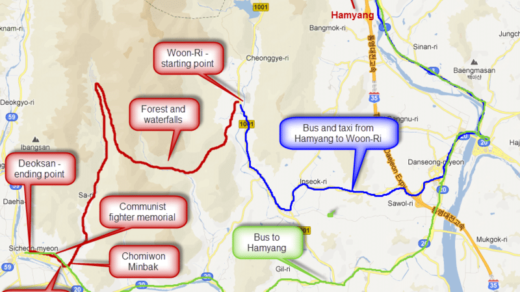It’s been several months since my last Korean translation tip because, well, I’ve been busy translating… and have also spent this time working hard to improve my skills and credentials. I’m proud to say that this effort has resulted in an upgraded resume. Ta-da! – You can download it here. [EXPIRED LINK REMOVED: /files/160707_Resume_Steven_S_Bammel_Certified_Korean-to-English_Translator_Intl_Commerce_and_Finance.pdf]
I’m also proud that this Korean Translation Tips series is pushing four years now. Today’s tip is #38! (Check out my resume for links to the other thirty-seven.)
So, before we start today’s tip, I have a question….
You didn’t stop and look at my resume when you read the first paragraph a moment ago, did you?
If you did, then in English you’d say “Yes, I did,” and if you didn’t, you’d say “No, I didn’t”.
But that’s not how a Korean would reply.
A Korean would say, “No, I did,” or “Yes, I didn’t”.
Confused? This difference happens because I asked a negative question.
When we reply in English, we ignore the fact that the question was negative and pretend it was positive. But in Korean, the answer strictly follows the logic of the question. If I asked you if you didn’t look at the resume and you, in fact, didn’t look at it, then, yes, you didn’t look at it. Right?
Is my explanation clear now?
In translation, this little twist means that “yes/no” responses to negative English questions are translated to “no/yes” answers in Korean (or vice-versa), and a translator must be careful to get this right. In fact, regardless of the translation direction (i.e. EN>KO or KO>EN), sometimes the simplest solution is to just rewrite the question in the target language to get rid of the ambiguous negative construct.
BTW, yes, Koreans ask negative Korean questions ALL THE TIME and this frequently confuses non-Koreans (at least it confuses me!).
Korean Translation Tip – The logic in answering a negative yes/no question is reversed between English and Korean. This occasionally trips up careless translators. A good proofreader will be on the lookout to double-check, but the client can also help in advance by writing the source without negative yes/no questions.
I bet Korean/English isn’t the only language pair with this negative yes/no question reversal. How about the languages you speak? Do you face this issue?



